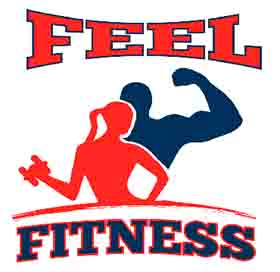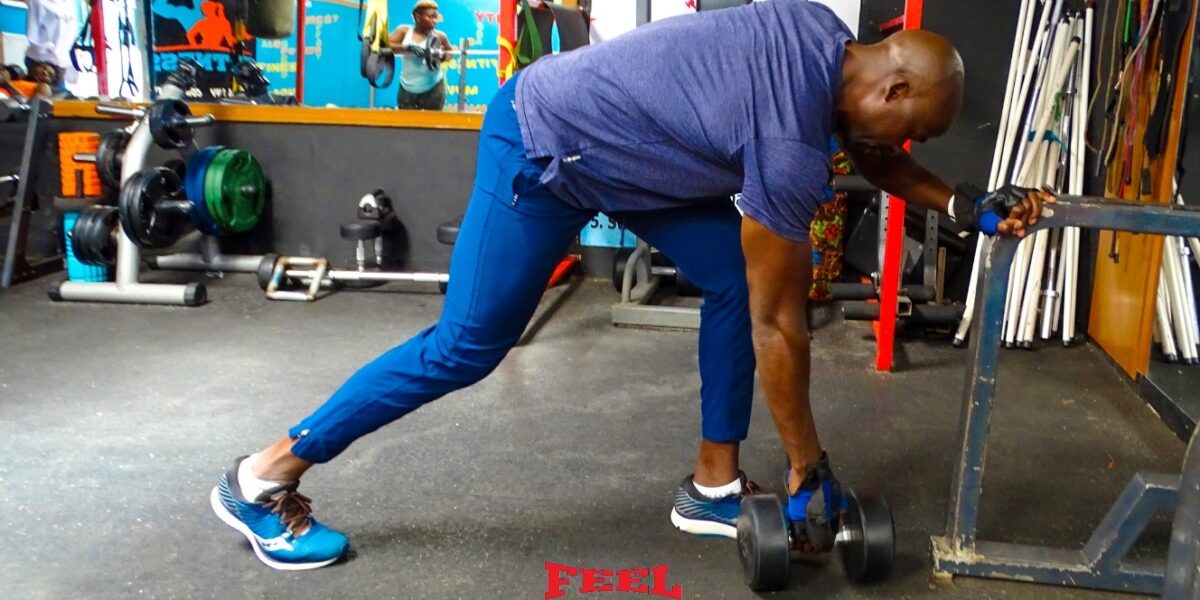As the years add on, do you feel like your muscles are fading, leaving you weaker by the day? I will be celebrating my birthday in a few weeks. My recovery period after a workout, my strength, my reaction time, and my agility aren’t at the same level as they were 20 years ago. It is an involuntary, natural process that will happen, even to the best of us. Even the best bodybuilders in the world go through the same thing. We may wish to blame it on sarcopenia, atrophy, or muscle wasting (whatever name you fancy). While some muscle loss is a part of the aging process, you don’t have to surrender to it. You have more control than you think, and we are here to help.
Sarcopenia, the muscle thief
Sarcopenia sounds like a word you would find in a medical textbook. Right? It is the sneaky thief that can rob you of your strength, firm muscles, and vitality. Our muscles are the pillars that hold up the grand structure of our bodies. They help support movement as well, but they begin to crumble as we age.
Sarcopenia is the gradual, age-related loss of muscle mass and strength from age 35 upwards. I have always wondered why, in Kenya, for example, after 35, people are no longer eligible for youth funds. It now makes much more sense.
Coach Philip.
Sarcopenia creeps up on you like a silent assassin; before you know it, you are weaker, less energetic, and more susceptible to injury. It is for that same reason that most of us have lost touch with our own bodies’ yearnings to stretch, move, walk, or dance.
Causes and risk factors
Before we jump into the battle plan, let’s uncover the enemy’s origins. As we age, a key problem is the decline of important muscle-building hormones like testosterone and growth hormone. These hormones are crucial for muscle growth and upkeep. When their levels drop, it’s like weakening the foundation of your muscles. Another villain is a sedentary lifestyle. Sitting around too much can accelerate muscle loss. In fact, sitting has been equated to smoking, with some sources even suggesting that smoking is safer than sitting.
Our bodies are incredibly efficient; if you don’t use your muscles, your body thinks, “Why bother keeping them strong?” It’s a use-it-or-lose-it situation But here’s the good news: staying active and following the right plan can counteract these effects. You can slow down the muscle loss and even rebuild what you’ve lost. It’s like fortifying those pillars to withstand the test of time.
Coach Winnie.
Consequences of Sarcopenia
In my 23 years of training, I have come to learn that what matters to us physically is our ability to perform all of the activities of a typical day. However, keeping up a level of fitness that exceeds your present daily activity requires an artificial overlay of exercise. Letting sarcopenia run will lead to frailty, disability, insulin resistance, worse metabolic health, and an increased risk of obesity. It may also result in
- Increased risk of falls and fractures, posing a potential threat to your safety.
- Slower metabolism, making it difficult to maintain a healthy weight.
- Diminished overall physical function, leading to a need for assistance with everyday tasks and eroding your sense of independence.
Now, with these challenges in mind, let’s shift our attention to the hero’s journey—exercise.
How Exercise Can Help Prevent and Combat Sarcopenia
Exercise offers a range of benefits, from enhancing your appearance to boosting your confidence and capabilities. You might be concerned, thinking, “I’m not a fitness enthusiast, and I have limited time.” No worries; you don’t need to be a fanatic, nor do you need to be a triathlete, to maintain your muscle mass and quality of life into your 70s. Even small, consistent efforts can bring about significant changes. Exercise stimulates muscle growth, improves strength, and slows down the aging process. It’s one of the vital weapons against muscle loss.
Your routine should encompass balance, flexibility, endurance, and resistance training. When combating sarcopenia, it’s not solely about weightlifting. It’s a holistic approach to keep you strong, stable, and flexible.
Feel Fitness.
Progress Gradually.
A simple strength training program done consistently will have excellent results. This could be done in just 10 minutes, spread three times per day. It can also be done three times a week, focused on the lower, mid, and upper body muscles. Your body adapts so that it can cope with the training stress you’re subjecting it to. You need to increase the load or stimulus over time. That means more repetitions or weight as your body adapts. You should track your sets. Write down or record in an app how much weight you’re lifting and how many reps you lifted it for. Refer back to previous logs before each session so you know what you have to do to be stronger than last time.
Prioritize your recovery.
As you get older, recovery is going to take you longer. You must prioritize it. Training is stressful; it doesn’t build muscle directly. It damages muscle fibers, which are then strengthened when you rest. Doing more sets doesn’t lead to more gains. It leads to more and more damage, which is harder to recover from. The older you get, the more important recovery becomes. The other key consideration in combating sarcopenia is protein intake.
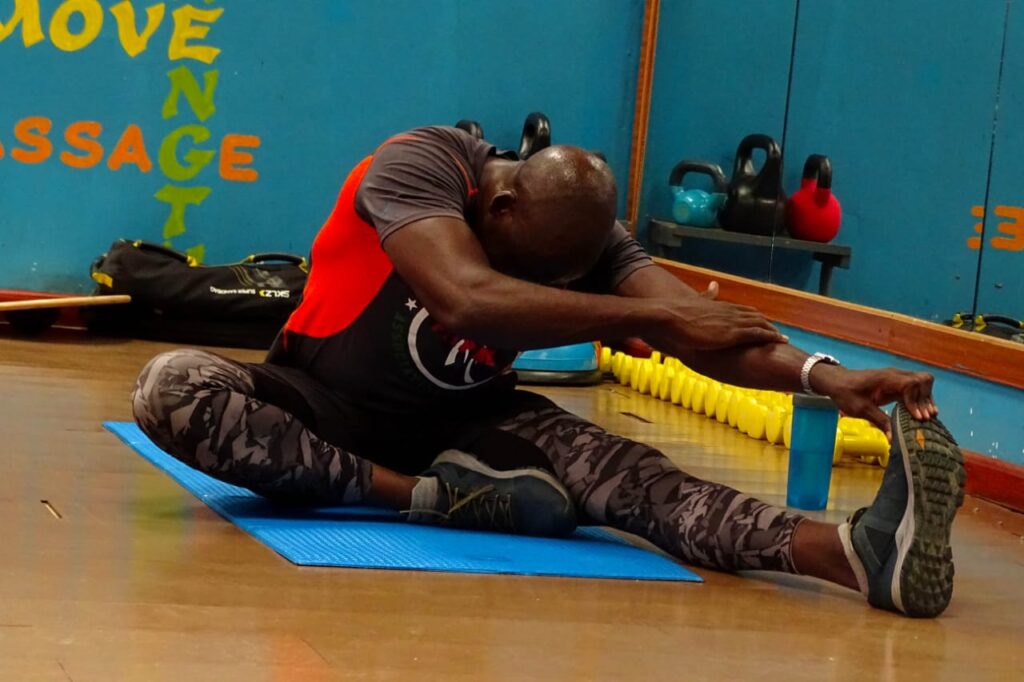
Let’s wrap up:
- Muscle loss leads to poor quality of life, increased obesity, and earlier death.
- You should train all muscle groups twice or three times per week with progressive overload and an emphasis on recovery.
- You should eat 1.6 grams of protein per kg of your body weight, with 25–30 grams of protein per meal.
8 Muscle-Building Moves
Target: Legs and glutes
Form: Imagine sitting back in a chair. Keep your chest up and lower your hips until your thighs are parallel to the ground. Start with bodyweight squats and aim for 3 sets of 10–12 reps.
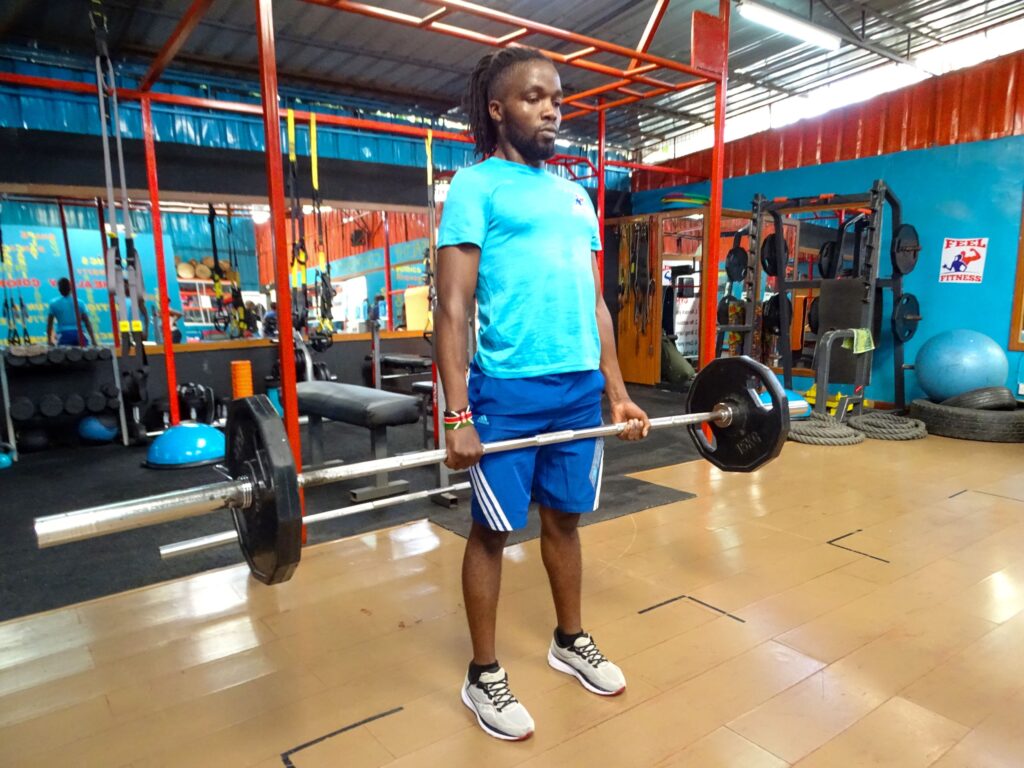
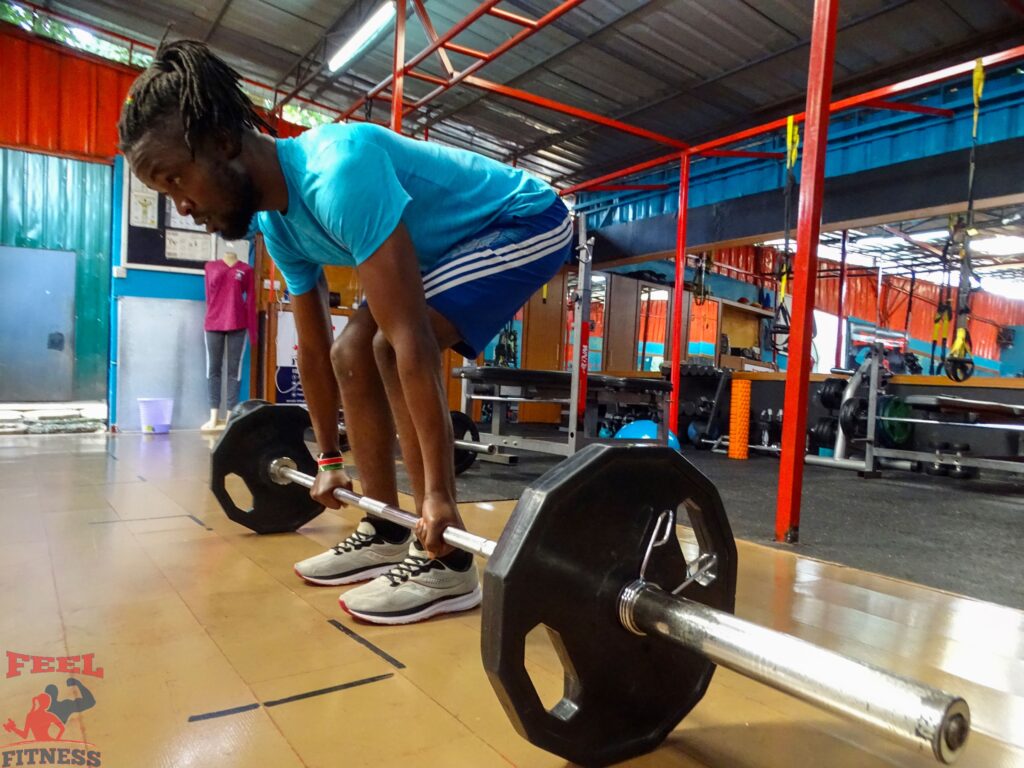
Target: Lower back, glutes, and hamstrings
Form: Hinge at your hips, keeping your back straight. Lower the weight as far as your flexibility allows. Begin with 3 sets of 8–10 reps. Ensure safety, especially if you’re new to this exercise.
Target: Chest, shoulders, triceps, and core
Form: Keep your body in a straight line, lower your chest to the ground, and push back up.
Start with 3 sets of 10–12 reps. You can modify with knee push-ups if needed.
- Pull-Ups
Target: Back, biceps, and shoulders
Begin with resistance band pull-ups to build strength. Over time, progress to unassisted pull-ups.
Aim for 3 sets of 6–8 reps. Focus on gradual improvement.
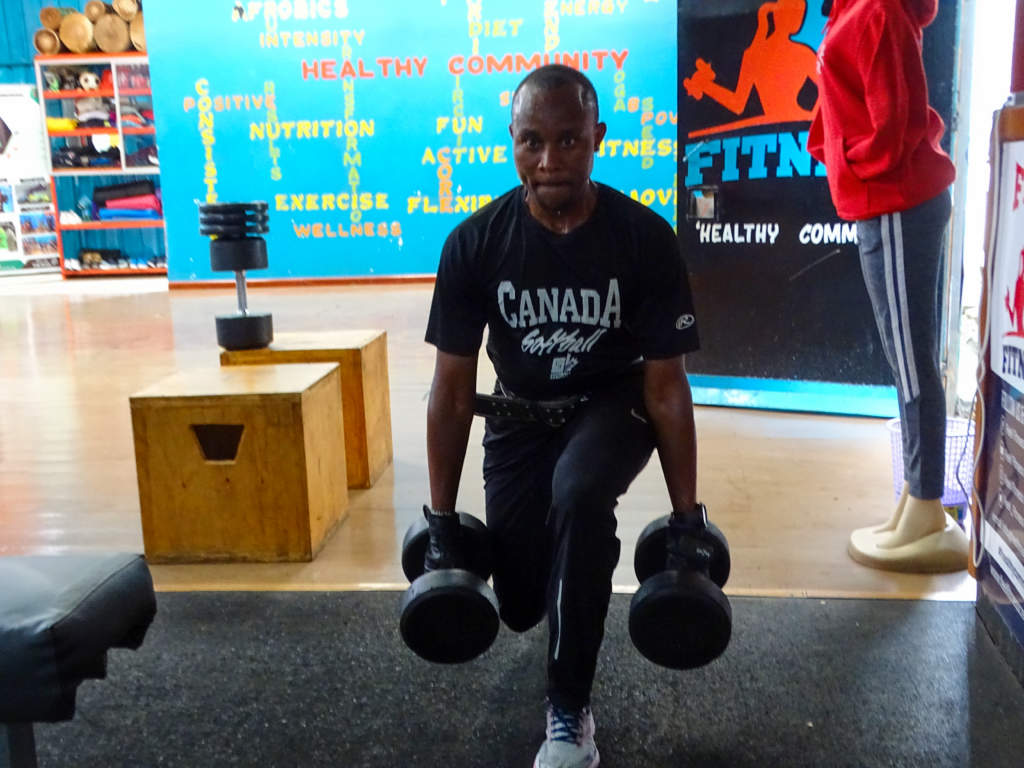
Target: Quads, hamstrings, and glutes
You can do forward lunges, backward lunges, or walking lunges.
Start with 3 sets of 12–15 reps for each leg.
Target: Abs and lower back
Form: Hold a push-up position on your elbows, engaging your core.
Begin with a 30-second hold and gradually increase the duration. Add side planks for variety.
Target: Back and biceps
Choose a weight that challenges you while maintaining proper form.
Start with 3 sets of 8–10 reps per arm.
Target: Chest, shoulders, and triceps
Safety: Always have a spotter when lifting heavy weights.
Begin with 3 sets of 8–10 reps. Adjust the weight as needed.
Your stronger tomorrow.
Are you ready to take action? To get started on your journey to beat sarcopenia, contact us today for a personalized workout plan tailored to your fitness level and goals. Let’s work together to blast sarcopenia away!
As we progress on our journey to combat sarcopenia, you might have initially wondered, “Is it too late for me?” This is a common concern, but let’s get back to the practical aspects of our mission. It’s not about aspiring to be a bodybuilder or fitness model. It’s about seizing control of your health, rejuvenating your vitality, and enhancing your daily life. Consider this: every squat, every push-up, and every step of improvement is a stride towards a healthier you.
Coach Philip.
If you’re over 40 and you want to maximize your health as you get older, you can:
- Spend the best quality time with your kids
- See your grandkids grow up
- Do not be limited by your body.
